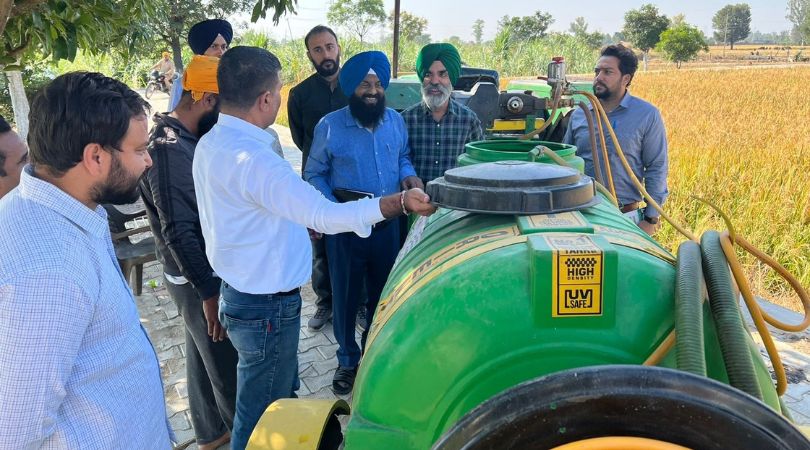
This article is created by The Better India and sponsored by Wingify Earth.
Even as Punjab reported 80% of all stubble-burning cases in North India, Pathankot district has zero farm fires this year. Chief Agricultural Officer Dr Amrik Singh, who was one of the two officers behind this feat, explains how.
This year, the district of Pathankot in Punjab recorded one farm fire.
This was even when the state has been widely regarded over the years as among the largest contributors to stubble burning, with reports suggesting that this season, Punjab logged nearly 80 per cent of stubble-burning cases in North India.
But thanks to the efforts of officials like Deputy Commissioner Harbir Singh and Chief Agricultural Officer Dr Amrik Singh, as well as the cooperation of farmers, Pathankot was able to buck this trend.
As per Punjab Remote Sensing Centre reports, while the state saw 71,304 stubble fires in 2021, Pathankot saw only six. The district reduced its fires every year from 28 in 2016, 12 in 2017, 10 in 2018, 4 in 2019, 11 in 2020 and finally one so far this year.
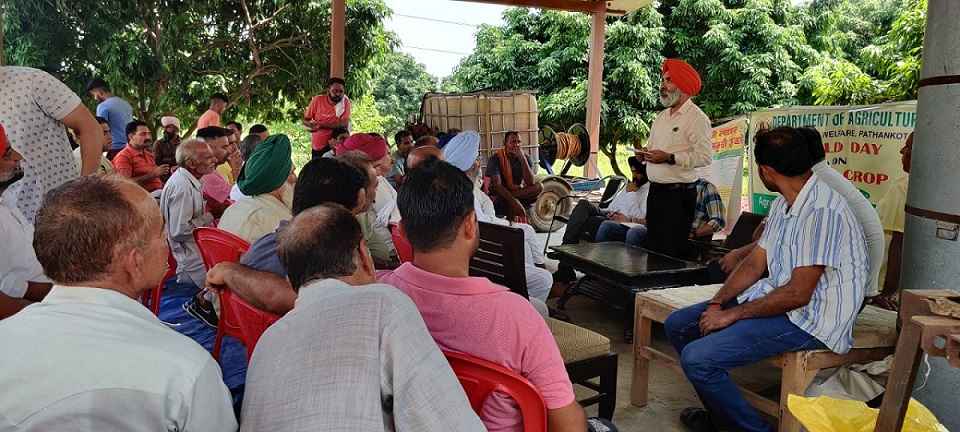
Deputy Commissioner Harbir Singh and Chief Agricultural Officer Dr Amrik Singh asking for the cooperation of farmers.
‘Meri Kheti, Mera Maan’
Stubble burning is among the biggest contributors to air pollution. The gases released during this process — like carbon dioxide, carbon monoxide, sulphur oxides, and methane — cause serious damage to both the environment and our health. One of the reasons quoted by farmers for farm fires, despite so many awareness programmes, is the fact that the time period between paddy harvesting and wheat sowing is very less.
Dr Amrik Singh, who has been in Pathankot since 2016, says that the Deputy Commissioner wanted to make the number of farm fires zero this year. For this, just awareness programmes wouldn’t be enough.
“Usually, we go to each village and speak to farmers. This method works for older farmers. For the younger generation, we wanted to reach out in a language that they understand. So we started a YouTube channel called Meri Kheti Mera Maan. We posted success stories of farmers who didn’t burn their stubble,” Singh tells The Better India.
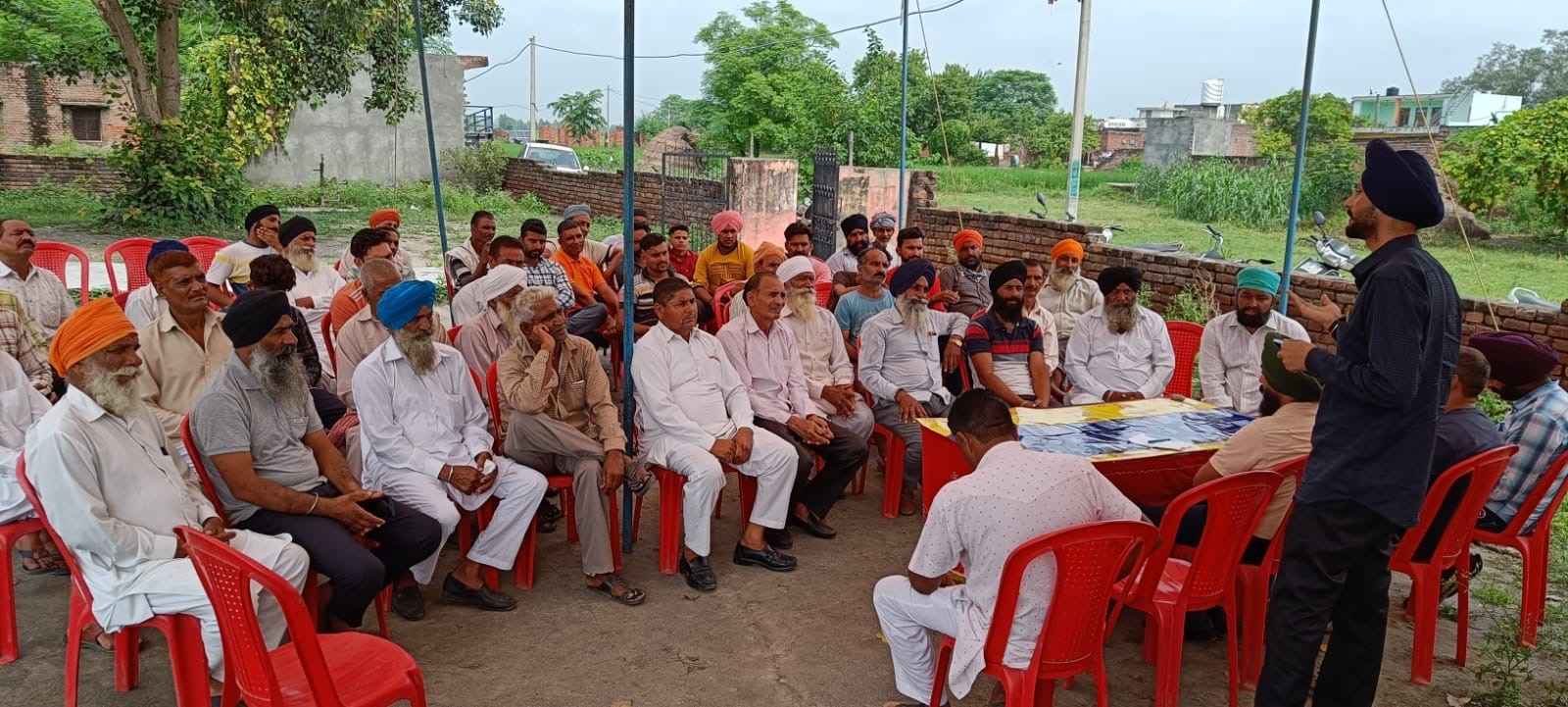
Officials went from village to village to speak to share success stories of farmers who didn’t burn stubble.
Thanks to their channel, they’ve been able to reach almost 70,000 farmers, adds the officer. “Since young farmers are tech-savvy, this works. Also, it helps us have a deeper penetration instead of going to far-flung areas. We’ve posted 156 videos so far,” adds Singh.
They also have 15 WhatsApp groups, which have 2,200 members in total. They also create awareness through their Facebook page, Agriculture Department, Pathankot. Wall paintings across the district also speak about the ill effects of stubble burning. School children are also being made aware through painting, essay, and poetry competitions.
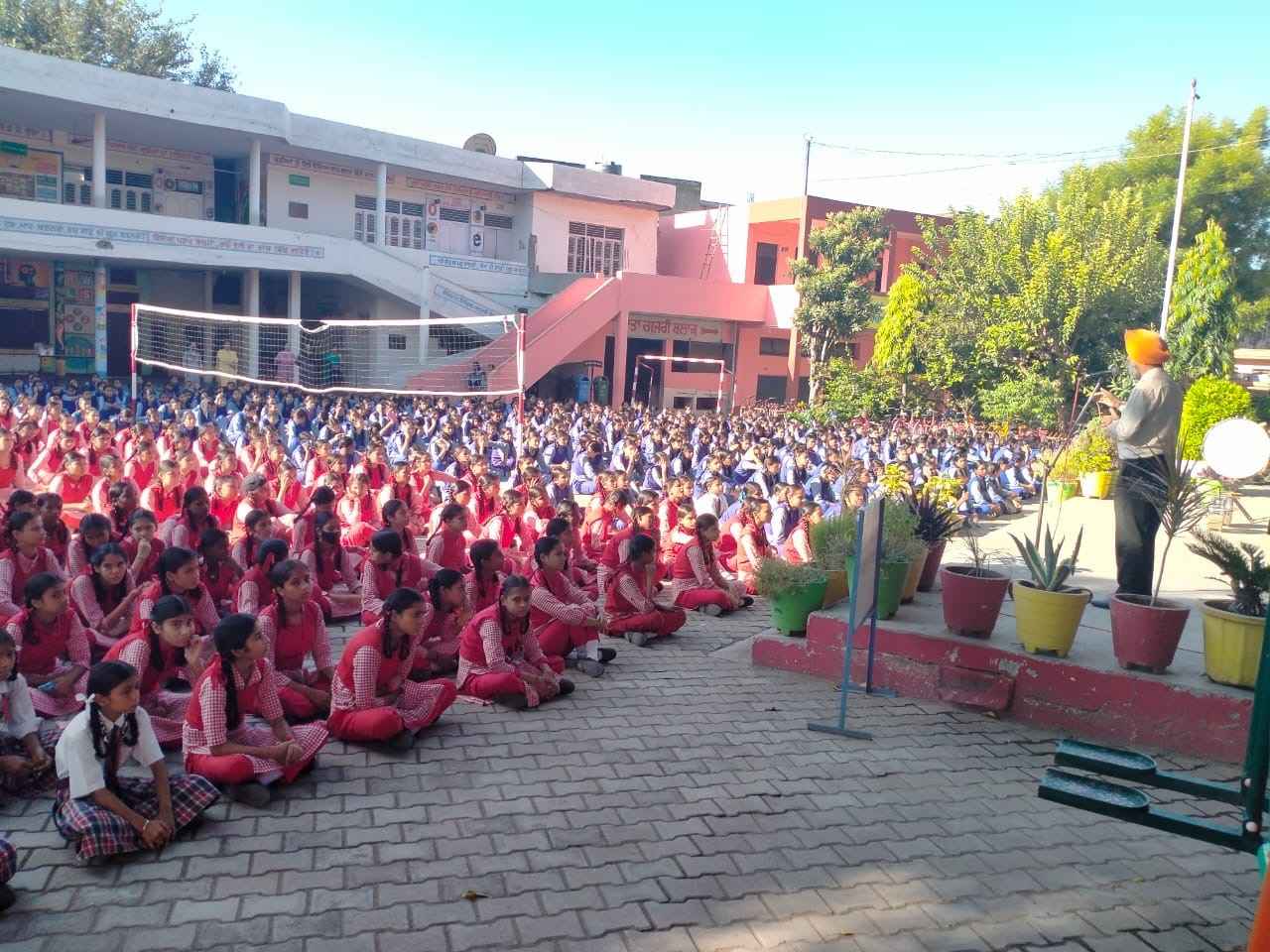
Even school-going children were made aware through painting, essay, and poetry competitions.
Pathankot grows paddy over 28,500 hectares of land. The district generates 1.3 lakh metric tonnes of paddy straw each year. Instead of burning this stubble, the administration has urged farmers to sell it as fodder for milch animals. This way, both cattle owners, and farmers benefit.
“The farmers will get Rs 3,000 per acre by selling their straw to these cattle owners. The cattle owners, mainly the Gujjar community, get this at a cheap rate. They come and manually collect and store the straw. By this, the crop residue will go to the soil in the shape of manure and enrich the soil,” adds Singh.
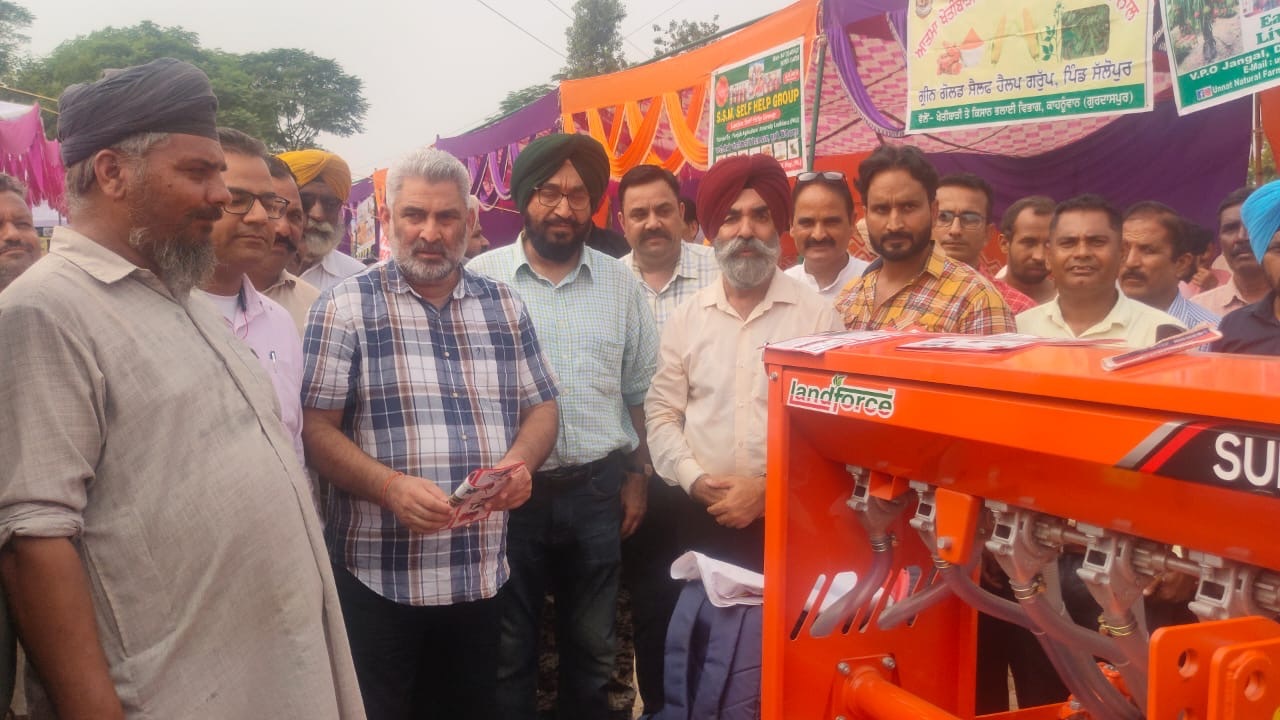
Officials with farmers.
He says that there are 1,05,000 milch animals in the district that can consume the entire straw produced. “We have studied soil samples from 2016 to now, in farms where burning has been stopped. The soil has improved greatly,” he adds.
The economic benefit to the 12,000-13,000 farmers of Pathankot due to this, is estimated at Rs 21.37 crores this year, as per Singh.
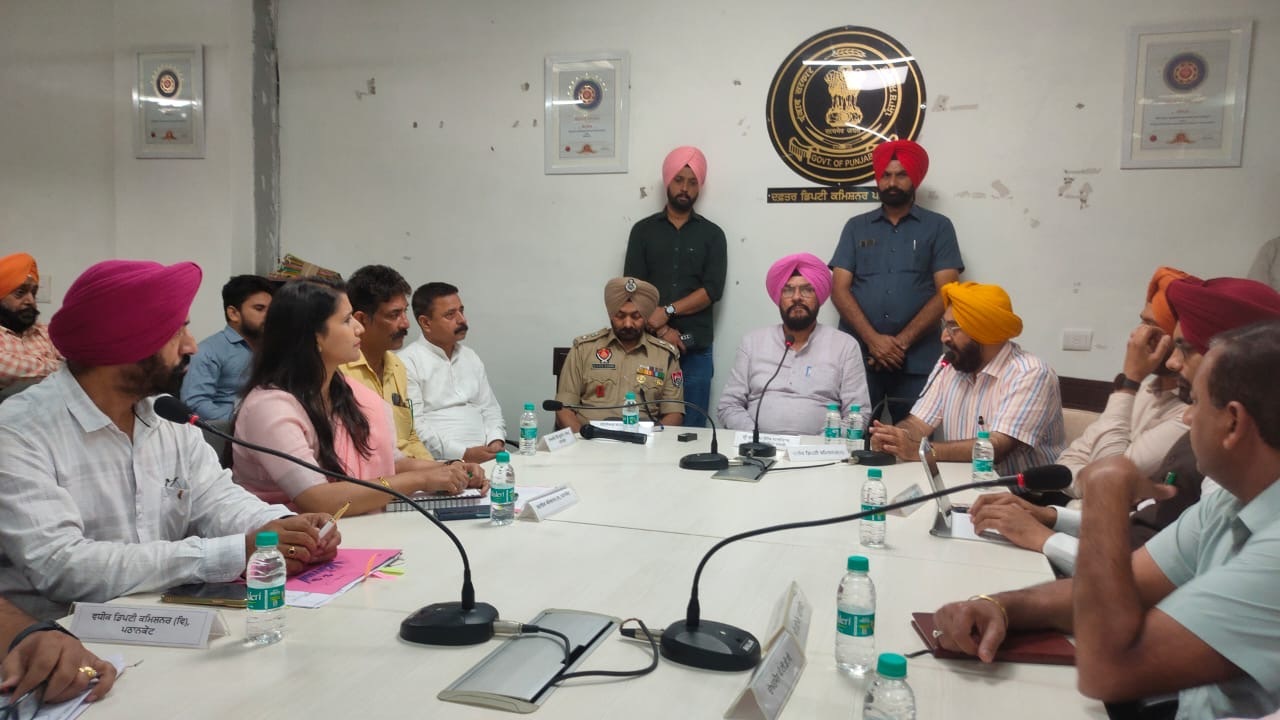
Through various government schemes, even machinery is provided to farmers as a subsidy.
Through government schemes, machinery is also being provided as a subsidy. He adds that the water table has also gone up, air quality has increased, and human health has improved.
They are now working towards a zero wheat straw burning campaign in the 421 villages in the district.
Sources
Stubble burning: Effects on health & environment, regulations and management practices by Science Direct.
Punjab has 80% of stubble burning cases in North India: Central body by Hindustan Times.
Crop Residue Burning (CRB) Information and Management System.

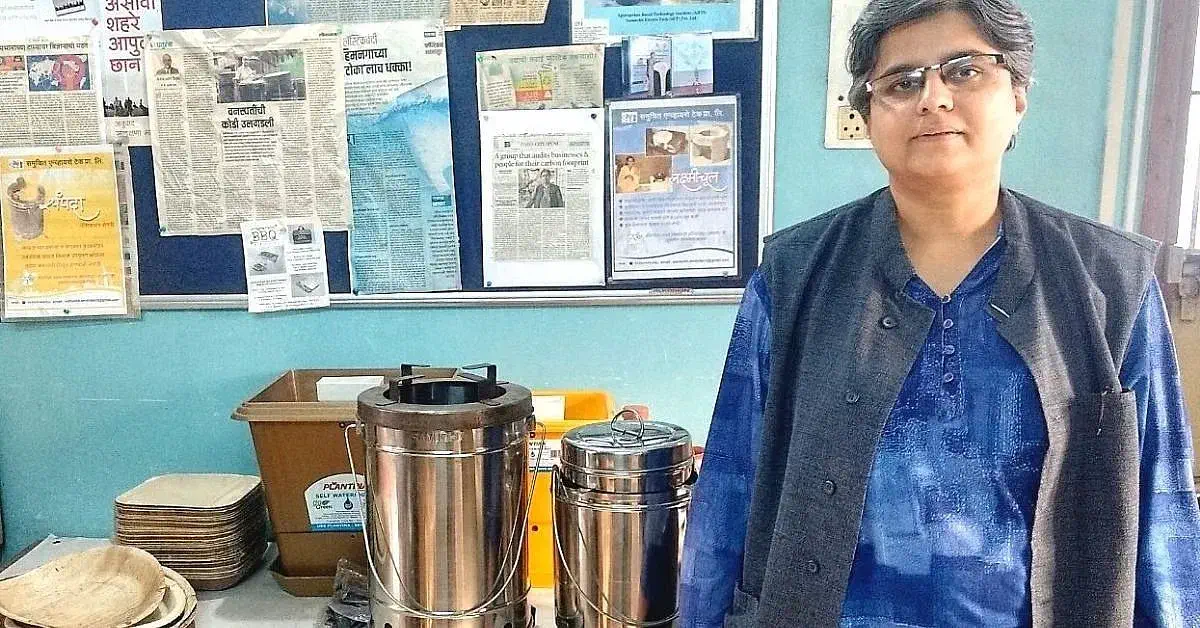

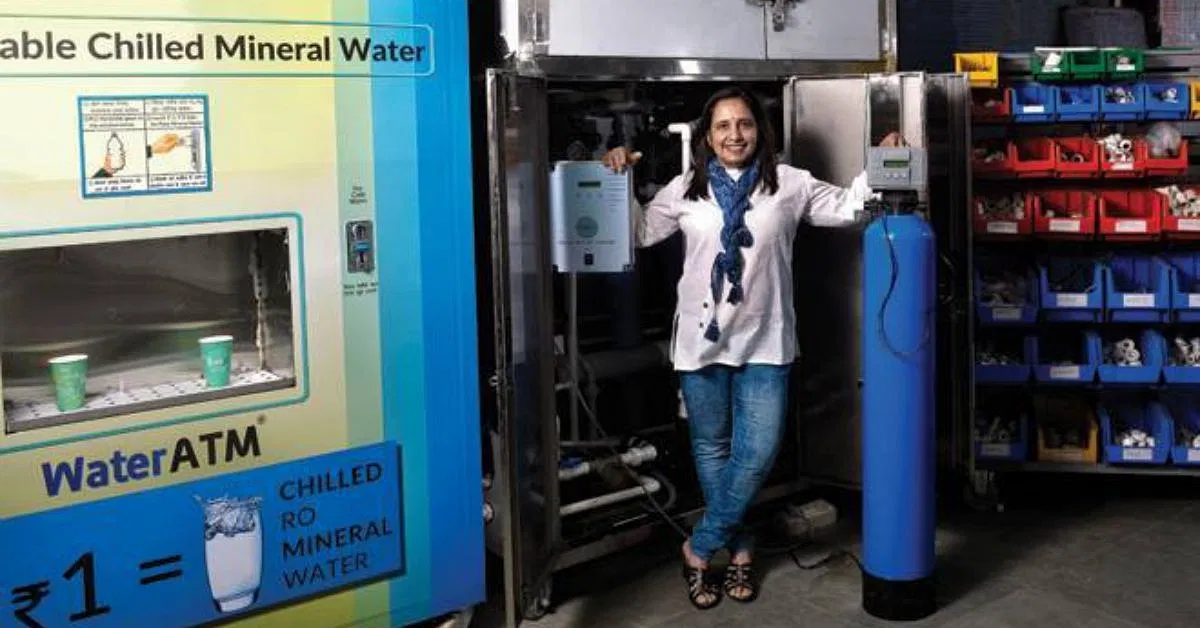
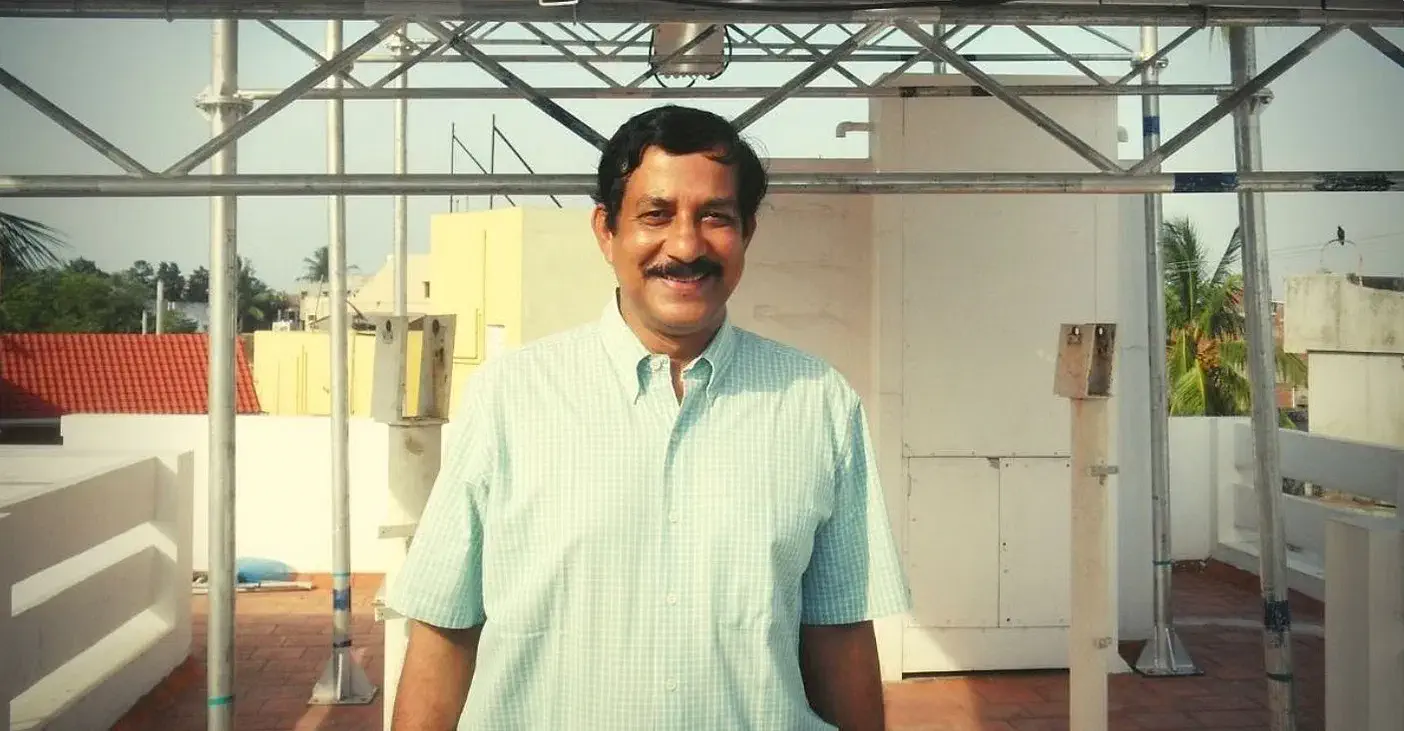

Leave A Comment
Your email address will not be published. Required fields are marked.